Interview: Takehiro Ueyama of TAKE Dance
The baseballer-turned-choreographer on the role of dance within the art world

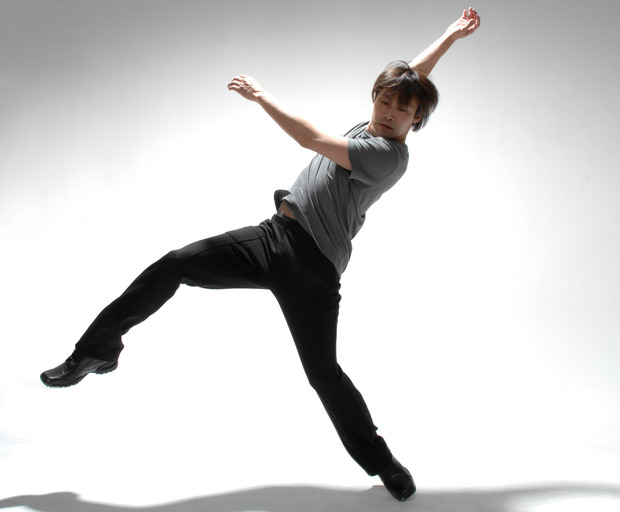
For over eight years, Takehiro Ueyama has brought athleticism and physicality to an oft-overlooked art form. The Japanese-American choreographer, creative director and founder of TAKE Dance (pronounced “tah-keh”)—a New York-based, world-traveling contemporary dance company—is leading a campaign to revitalize the dance world. The former baseball player and Juilliard-trained dancer takes a sensitive, yet visceral and deeply thought-provoking approach to his work. Within any given piece, you will find the harmony of Eastern aesthetics met with potent energy and effervescence. Using human bodies as his tools, Ueyama creates rhythmic works that infiltrate the audience’s mind and the soul. Picked up by the Paul Taylor Dance Company just after Juilliard, in 2003 Ueyama unveiled his first choreographed piece before leaving to form his own company. We recently met with Ueyama to understand the relationship between art and dance, what inspires him and what will be next for the TAKE Dance.
Can you describe the transition from baseball player to dancer to choreographer? What led you down this path?
There is a story here. I was injured and could no longer play baseball. While with friends, I was break dancing and doing a Michael Jackson impersonation and was discovered. I was invited to visit a man’s dance studio. I was drawn to the art of storytelling and I saw it here—I saw dance as telling a story. I went to Juilliard and then Paul Taylor. After eight years there, I wanted to continue this even further: I wanted to be the storyteller. I left to form TAKE Dance; it was a natural transition. I had been trained to speak with dance, and was ready to speak my own thoughts with fellow dancers.
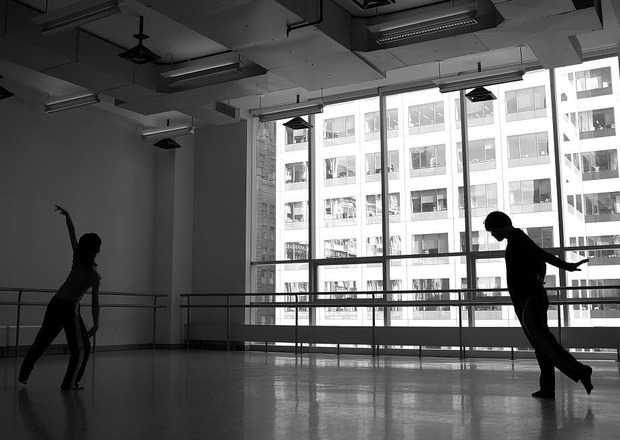
Do your ideas for a piece begin as a concept, or do they begin with a dance move or position?
There is always something I am looking to share—an idea, a story that I want to tell. Everything expands from there. Experimentation plays an important role, as does collaboration. In the exploration, parts that do not contribute to the story will fade and are replaced. Other areas blossom.
Do your pieces, like “Salaryman,” develop over time? Or are they locked down after a successful run?
In the world of dance, everything will vary on who is performing what. There is a fluid nature to each performance of the same piece. There is a development. Although many of the moments are harnessed and locked initially, no two shows will ever feel the same. There is variation, contraction and expansion. Living beings perform these—that runs beyond our control.
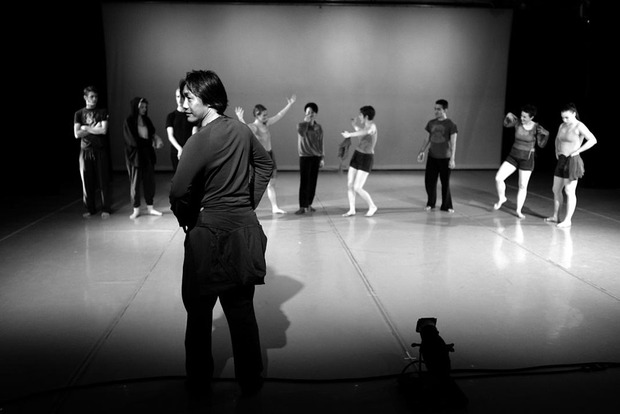
Athleticism plays heavily into your pieces. Where does your interest in pushing dancers in this way come from?
Part of this pertains to my background, and part has to do with my interests. A lot of it comes from the awe inspired by physical performances. My dancers can demonstrate great feats and the audience recognizes this. This is in service to the stories I tell. Gentle, small moments and periods of opposition and calamity and chaos. In those darker, more confrontational moments, you see the physical force and how it collides with others.
Do you have a favorite piece, or a favorite moment in a piece?
My favorite moments exist outside of the work. When rehearsing and exploring, when a dancer delivers in a way that is deep and compelling, and something larger than life is emitted—those are the moments that I know will make each dance stand out in performance.
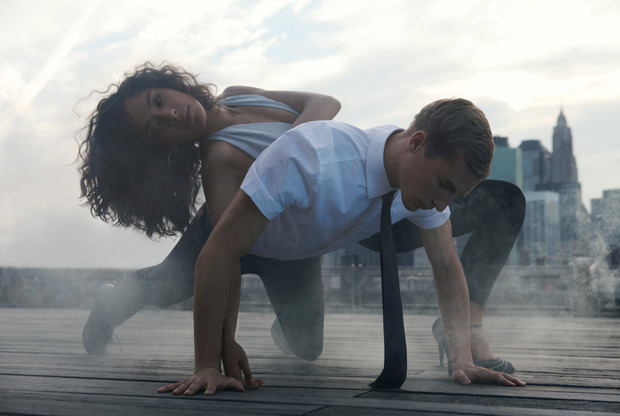
How have you assembled the dancers you work with?
Through intensives, workshops and classes. I mostly work with people that I know, and draw from a small circle. Many have been with me for multiple years. Some come and then go, only to return. There is a mutual understanding required in the idea of working together to make something greater than choreographer and dancer. It is performance. It is owning each movement. And again, there is a balance in delicacy and strength. My dancers have this, but also they must fit into the company as it exists, in order to have harmony.
Do you seek to tell a story with each dance? Or convey a mood? Or both?
Both. The best way to understand would be to see for yourself. Everything I create I leave for interpretation with the audience. Let them build meaning. Let the story influence them and have it make them take it on as their own. I cannot control everything people take away. I don’t want to do that; I reveal moments along the way. The audience interprets through their own experience and history and eyes. No two people should see something the same way.
What projects do you have in development?
27-28 September 2013, TAKE Dance will present two performances, titled “Dark Mourning” at the Peter Jay Sharp Theater, Symphony Space. This show is both a performance of my piece “Flight,” and a world premiere of “Dark Mourning” itself. “Dark Mourning” is an exploration of passing. Rather than embrace suffering, it demonstrates the beauty of life. I will also be dancing those evenings, as my mentor Kazuko Hirabayashi—a renowned choreographer—has created a challenging new piece for myself and TAKE Dance dancer and assistant director Jill Echo.
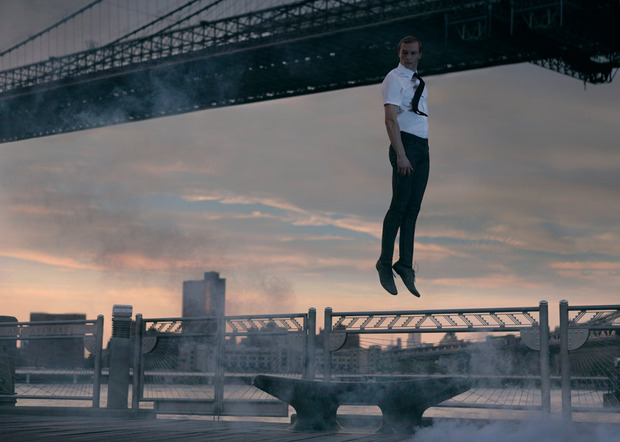
What do you hope is in store for the dance world? And what do you hope TAKE Dance’s role will be within that world?
I hope to be able to continue to create, to tell stories and enact my vision with great dancers that I like. I would like to see the company grow further. I’d also like for the world of dance to have greater security and visibility. People see dancers as artists. This is also a job. This is our job. I want us to keep doing what we really believe in. I want us to keep dancing.
Where do you think the audience for dance exists? Why do you think the audience got smaller?
The audience for dance exists everywhere—any person who values art will understand the sculptural beauty of each performance. There is a subtle beauty at times, and a sportsman-like quality at others. Anyone seeking a story will find one here. We are kin to theater; we are theatrical. The audience did shrink as support and funding for the arts shrank. Unless you’ve been introduced to the world, it isn’t one most people seek on their own. The best way to challenge this is exposure and that’s what we are looking to do.
Tickets for TAKE Dance’s “Dark Mourning” at the Symphony Space are available online.
Images courtesy of TAKE Dance












